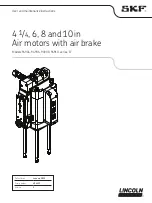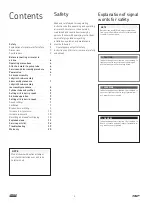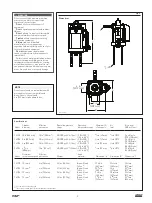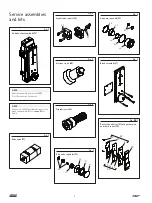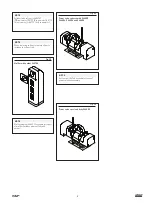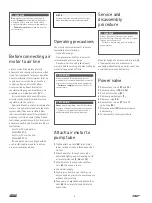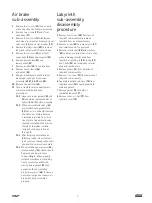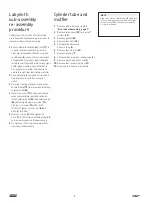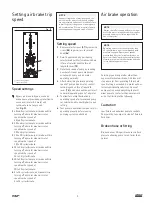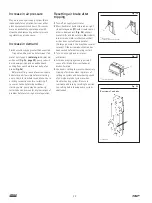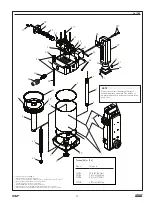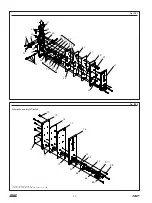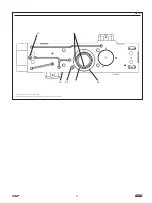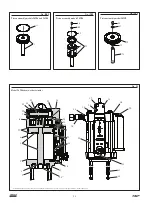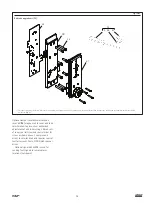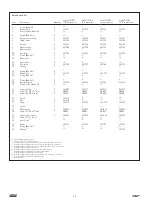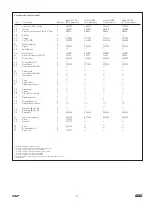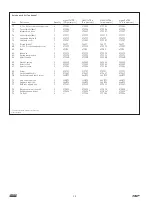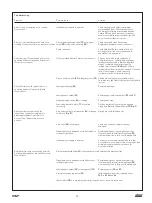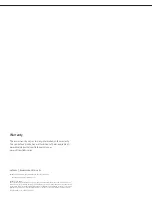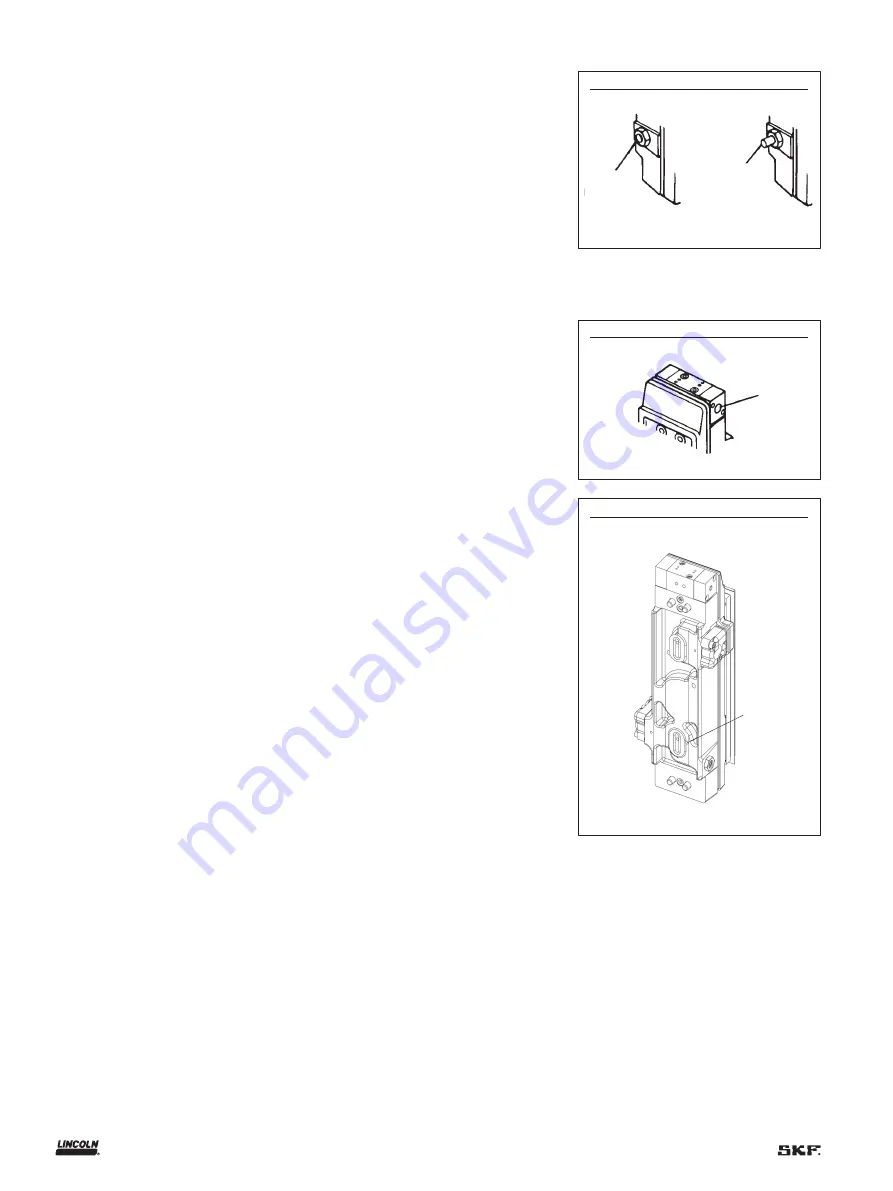
1)
2)
1)
Increase in air pressure
May be caused by air supply system that is
inadequate for application to rise as other
plant equipment is shut down This causes
more air available to operate pump with
Unauthorized tampering with air pressure
regulator may also be cause
Increase in demand
Fluid demand may be greater than expected
Tripped condition can be determined if air
motor has stopped,
red/orange
indicator pin
will be out (
Fig. 14
,
page 10
), pump rod will
be in down position and air will be heard
venting from vent hole in lower body of air
brake (
Fig. 16
)
Before resetting, cause of overrun should
be determined if possible before restarting
pump Check for low fluid levels, broken hose
or fitting connections before restarting If
cause cannot be determined without
starting pump, pump may be cautiously
restarted and observed for any indications of
problem before resuming normal operation
Resetting air brake after
tripping
1
Turn off air supply to air motor
2
Press flush reset button (located on right
side of relay valve (
17
) with screwdriver or
other suitable object, (
Fig. 15
), until air
motor shifts and Indicator pin (
48
) retracts
into air brake Hold reset button until all
air has been vented from air motor
(On large air motors this may take several
seconds) Otherwise wait until all air has
been vented before attempting restart
3
Turn on air supply and air motor
will restart
4
Air brake may trip again very quickly if
cause of air brake trip is cavitation or
broken fluid line
5
Use bypass setting to prevent unnecessary
tripping of air brake when in process of
setting up system and determining speed
of pump/pump tube system or when
trouble shooting system Be sure to
reactivate air brake by resetting to desired
run setting before leaving pump system
unattended
1)
Fig. 14
1)
Run position
2)
Tripped condition (extended)
1)
Flush reset button
1)
Vent hole
Fig. 15
Fig. 16
Rear view of air brake
10

